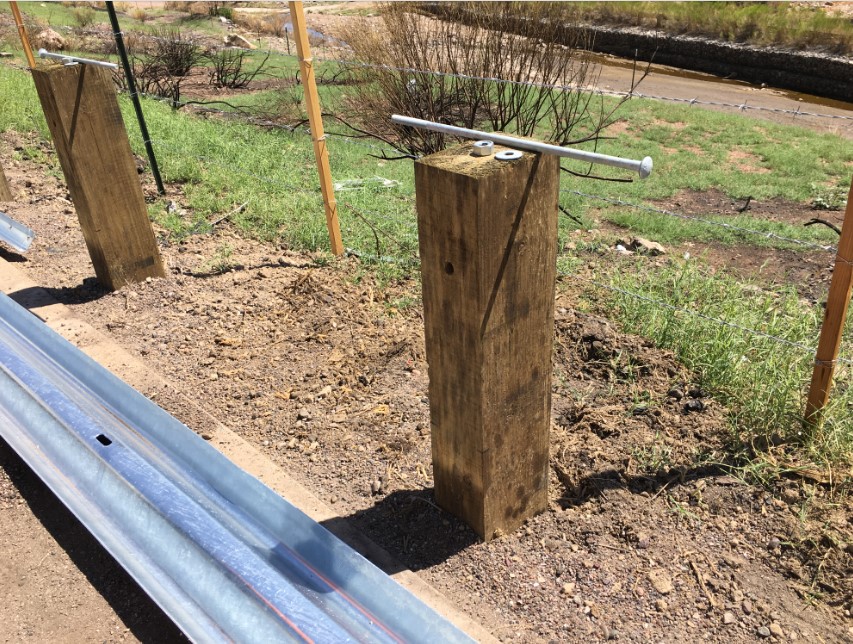There's more to guardrail repair than meets the eye
There's more to guardrail repair than meets the eye

Guardrails are silent sentries.
Most of us drive by them every day without giving them much thought. But they are there for one important reason: To protect motorists. They are intended to keep vehicles on the highway and to absorb the shock of a collision.
You may have known that. What you probably don’t know is what it takes to install this important piece of highway engineering.
We certainly do. Currently, Arizona Department of Transportation is replacing and repairing guardrail on northbound State Route 87 south of Payson that was damaged or destroyed in the recent Bush Fire.
“They are tearing down any of the old guardrails that got burned,” said Casey Bramlet, an ADOT highway operations technician based in Payson. “The whole scope of the project is almost 30,000 feet of guardrail damage.”
For this, two crews from ADOT-hired contractors are working in tandem to perform a multi-step process, working from north to south.
First, a five-member crew tears down the metal part of the guardrail along a section of highway. The next day, the crew uses machinery to pull the old wooden posts inside that section. At the end of every day, they haul the debris off-site.
The three-member crew will drill holes and install the new wooden posts every six feet. They use one piece of equipment to dig the holes and another to pound the posts in. Those machines function simultaneously, Bramlet said.
The five-person crew then bolt into place the metal part of the guardrail, made of galvanized steel. All together, the teams are able to replace about 2,000 feet of guardrail a week, he said.
More than just guardrail was damaged during the Bush Fire. A right of way fence was also damaged in the heat and is being replaced between milepost 219 and 235.5. This is a fence with four strands of wire. The bottom strand is smooth to help wildlife pass under it.
“It lets smaller wild animals go under it and deer and elk to go over it,” Bramlet said.
Here are some more numbers that tell the guardrail story:
- At the start of the project on July 20, the right lane of SR 87 was closed for 10 miles. That is down to fewer than 5 miles.
- The wooden posts are 5.6 feet tall and all but the top 31 inches are buried.
- At the start of the guardrail is a terminal head that is metal and built to act as a cushion.
- The steel panels, known as W-beams, come in three sizes: 6 feet, 3 inches; 12 feet, 5 inches; and 25 feet.
It just goes to show you guardrails may look simple, but installing them is a feat of engineering!
